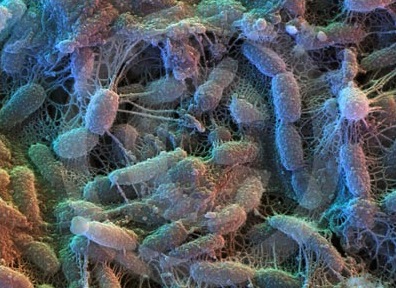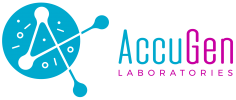USP 61
The USP 61-Microbial enumeration test, also known as bioburden test, is used to enumerate the number of viable aerobic bacteria and fungi present in or on a product.
Cosmetics, personal care products, pharmaceuticals, medical device, dental, textiles, water and other products which are categorized as non-sterile products are not completely free of microorganisms. Microorganisms may cause spoilage or chemical changes in products and can be harmful/pathogenic to the user. The USP 61 test is a safety test and is carried out to check that the product is not contaminated and is safe to release to the market. The test is used to determine whether a product complies with the established specification for the microbiological quality of the product.
The USP 61 examination test quantifies the Total Aerobic Microbial Count (TAMC) and Total Yeast and Mold Count (TYMC) present in the product sample.
The USP 61 test provides a non-specific enumeration of all microorganisms present in a sample. A more specific identification study can be ordered to determine the exact species ( Microbial Identification) or to evaluate harmfulness/pathogenicity (USP 62-Test for Specified organisms).

Prior to USP 61 enumeration tests, USP requires that a suitability test be conducted to validate the test method and determine suitable neutralization, dilution and growth media. S. aureus, P. aeruginosa, B. subtilis , C.albicans and A. brasiliensis are used as indicator organisms for the neutralization/removal of antimicrobial activity and recovery validation of the suitability of counting method.
Whether, the preservatives are added or not added in a formulation, the product’s other ingredients may have microbial growth inhibiting properties. Therefore, all products must undergo a one time suitability testing.
Tests Ordered
Routine on each batch
- USP 61: Total Aerobic Microbial Count (TAMC)
- USP 61: Total Yeast and Mold Count (TYMC)
Once on a formulation unless formulation changed
- USP61 Suitability Test
The test can be performed by following different plate count methods based on the nature of the test material.
- Pour plate method
- Spread plate method
- Membrane filtration method
These enumeration techniques result in the determination of TAMC (Total Aerobic Microbial Count) and/or TYMC (Total Combined Yeasts and Molds Count).
USP 61 tests a variety of products including but not limited to:
- Cosmetics
- Medical Devices
- Pharmaceuticals
- Healthcare Products
- Personal Care Products
- Raw Materials
- Packaging/Containers/Components
- Assembly Processes
- Water
- Dental
- Textiles
- Miscellaneous other products
Turn Around Time:
The turn around time for USP61 test is 5-7 days while the USP 61 suitability test can take more than 7-14 days.
Amount of Sample Required for USP61 test:
For Fluids or Solids : 10 Grams or 10 mls of the product.
For Fluids or Solids in aerosol form: 10 containers
For Transdermal patches: 10 patches
For USP 61 Suitability Test : 30 to 40 grams/mls , 40-50 patches.
The amount may be reduced for Active substances.
For example Tablets, capsules, injections
the amount present in 10 dosage units or 10 grams or 10 mls of the product.
For materials used as active substances where the sample quantity is limited or batch size is extremely small (i.e., less than1000 mL or 1000 g), the amount tested shall be 1% of the batch unless a lesser amount is prescribed or justified.
For products where the total number of entities in a batch is less than 200 (e.g., samples used in clinical trials), the sample size can be reduced to two units or one unit if the size is less than 100.
Manufacturers of the products need to establish the microbial limit specification of their product.
Acceptance Criteria for Cosmetics: Per FDA temporary guidelines,
For eye-area and baby products, no more than 100 CFU/ g or ml of the product is considered acceptable.
For non-eye-area products, no more than 1000 CFU/ g or ml of product is considered acceptable.
Acceptance Criteria for Pharmaceuticals per USP 1111:
| Route of Use | Total Aerobic Microbial Count (cfu/g or cfu/ml) | Total Combined Yeasts/Molds Count (cfu/g or cfu/ml) |
| · Nonaqueous Preparation for Oral Use
· Rectal Use |
103 | 102 |
| · Aqueous Preparation for Oral Use
· Oromucosal Use · Gingival use · Cutaneous Use · Nasal Use · Auricular Use · Vaginal Use · Transdermal Patches (limits for one patch including adhesive layer and backing) · Inhalation Use (special requirements apply to liquid preparation for nebulization) |
102 | 101 |
| Substances for Pharmaceutical Use | 103 | 102 |
Further testing for screening for harmful/pathogenic microorganisms can be carried out following enrichment methods or USP 62 : Test for Specified Microorganisms
